Prevent and Remove Verdigris
I have a question about verdigris. How can you clean old pieces of jewelry (copper, brass, sterling) that have this powdery blue/green substance on it?
Why does it grow on some pieces and not others? Will it spread to other jewelry in close proximity?
-Teri in Granite Bay, California
Answer:
Yes, verdigris (the natural patina formed with the oxidization of copper) is not only a pain to clean, especially from intricate antique costume jewelry, but it is also a toxic substance.
You've laid out a really clear picture of how verdigris can be such a silent enemy to copper-based jewelry! It's like the perfect storm of moisture, pollutants, and even body oils teaming up to slowly corrode and damage pieces over time.
The fact that verdigris can spread like a "contagious disease" among stored jewelry is especially important keeping vintage and mixed-metal pieces separated really becomes crucial. Plus, that thin or worn plating making the metal vulnerable is a detail many might overlook until it's too late.
Do you have favorite methods or products for safely cleaning and preventing verdigris buildup on copper, brass, or bronze pieces?
From about age 9, I have been collecting vintage rhinestone costume jewelry and I have always used cheap toothpaste and a soft brush to clean any verdigis from the metals.
That's such a thoughtful and careful cleaning routine really shows how delicate vintage or copper-based jewelry can be! Using small tools like dental picks and twisted wire to gently remove crud before brushing with a soft toothbrush and toothpaste is smart, especially because it avoids scratching stones or damaging glued parts. And the tip about brushing in the direction of the metal makes total sense to minimize wear.
I also love that you rinse with dampened scraps of fabric and cotton swabs instead of dunking the whole piece in water so much safer for fragile components. Storing pieces individually in velvet-lined boxes or bags to prevent contact and further corrosion is a great final touch.
Do you find this method works well for heavily verdigris-affected pieces, or do you sometimes have to use more specialized cleaning products or professional restoration?.

To clean the tops of any glass stones, I use a cotton swab dipped in ammonia, and then rinse with a clean swab and dry with another. No, none of the stones in the vintage jewelry that I personally collect are either foil-backed or glued.
There are many other ways that other folks clean antique costume jewelry. Some use vinegar, others swear by lemon juice, still others like to use either ketchup or Worcestershire sauce!
Whatever you do, remember that after spending hours fastidiously cleaning these special pieces, make sure they are completely dry before storing them.
Answer contributed by Dale "Cougar" Armstrong
Materials
Tools

- Category: General Education
- Technique(s): Oxidizing / Antiquing, General Education
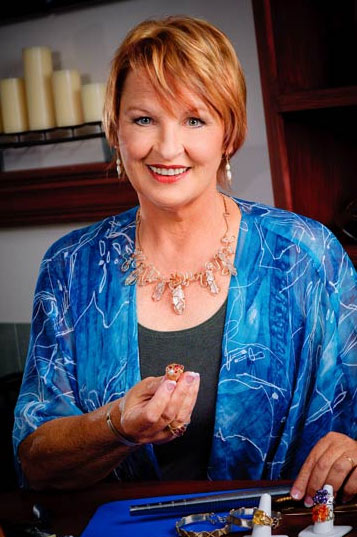








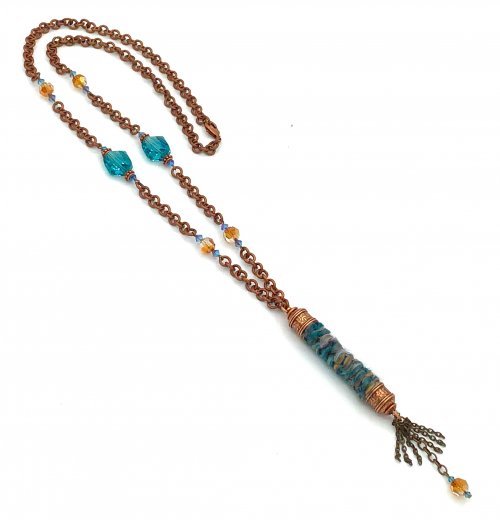
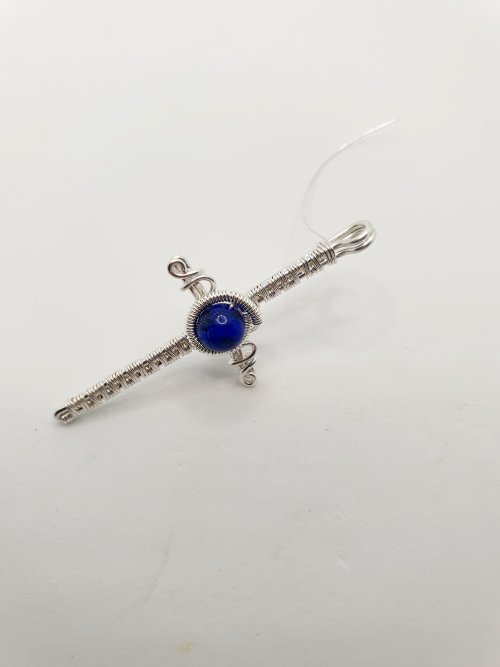
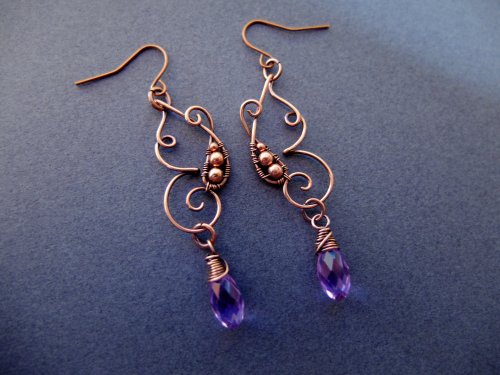

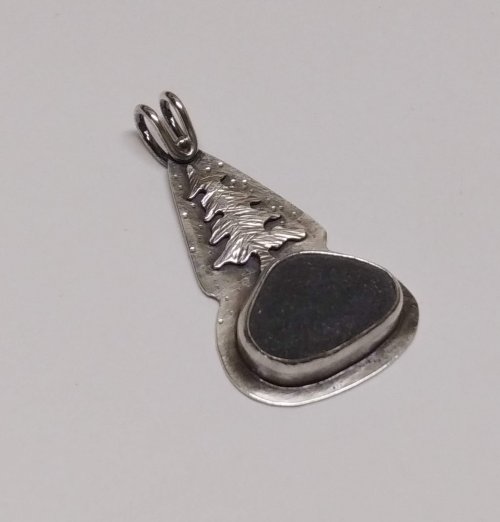
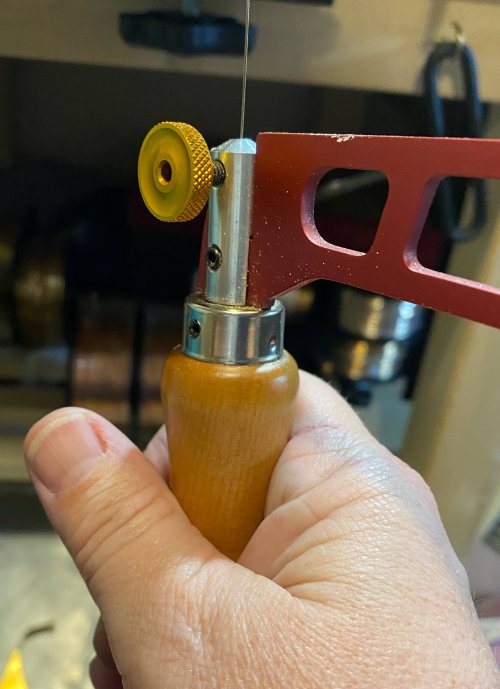
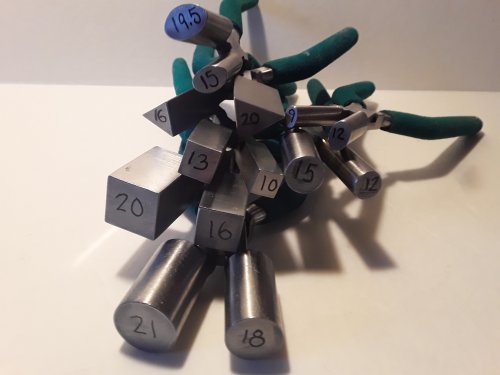
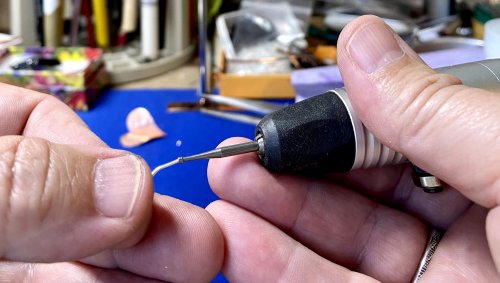
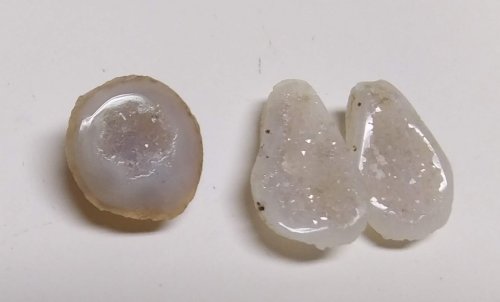




 Wire Jewelry to Make as You Sell
Wire Jewelry to Make as You Sell
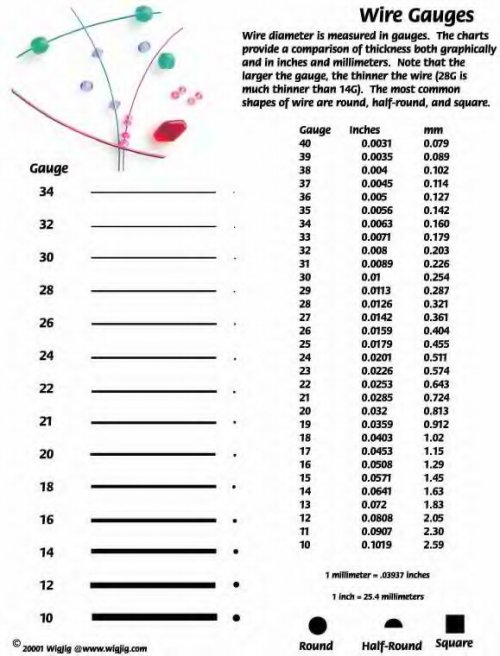 All About Soft Wire
All About Soft Wire
 Chain Lavaliere
Chain Lavaliere
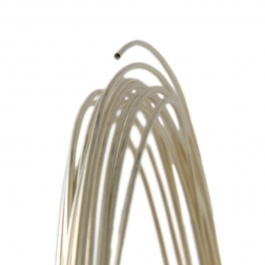 Wire Metal Substitutions
Wire Metal Substitutions
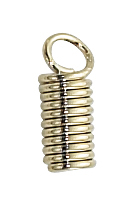 Glue for Finishing Cords
Glue for Finishing Cords
 My Fingers Hurt
My Fingers Hurt
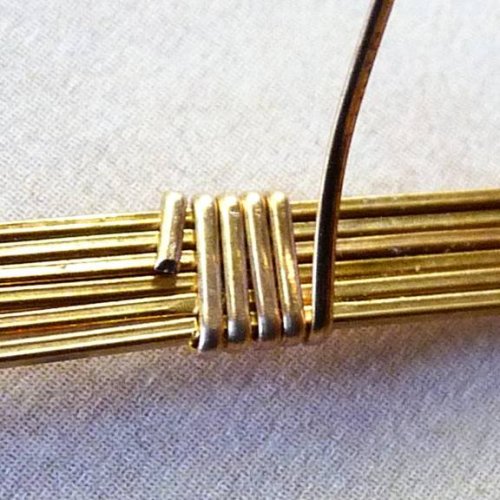 Taming the Wild Wire Bundle
Taming the Wild Wire Bundle
 Making Matching Freeform Earrings
Making Matching Freeform Earrings
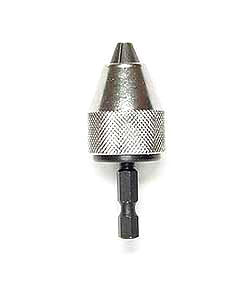 What is My Wire's Circumference
What is My Wire's Circumference
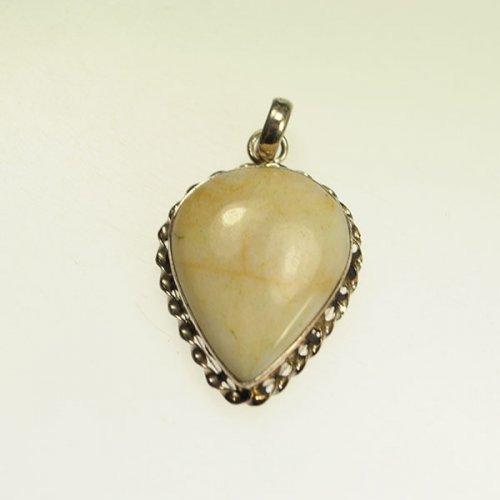 Testing True Ivory
Testing True Ivory
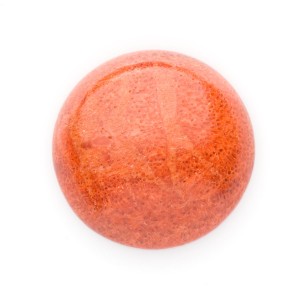 Is My Coral Real
Is My Coral Real
 Wrapping Tiny Cabs
Wrapping Tiny Cabs
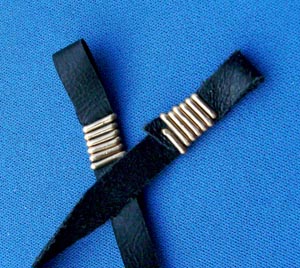 Finished Leather Cord
Finished Leather Cord
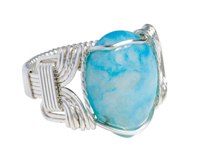 Prevent Scratches on Cabochons
Prevent Scratches on Cabochons
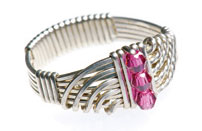 Crystal Wave Ring Finishing Tips
Crystal Wave Ring Finishing Tips
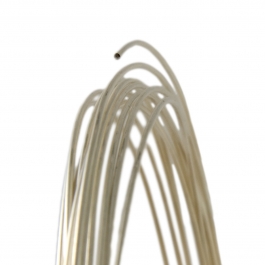 Purity and Sensitivity with Argentium Silver
Purity and Sensitivity with Argentium Silver
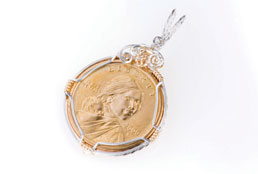 Wrapping Coins for Jewelry
Wrapping Coins for Jewelry
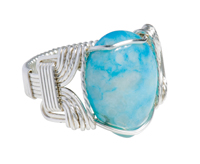 Wrapping a Large Pearl Ring
Wrapping a Large Pearl Ring
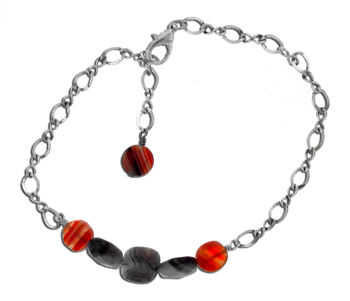 Perfect Chain for Wire Jewelry
Perfect Chain for Wire Jewelry
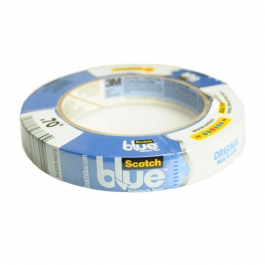 How Do I Keep Square Wire From Twisting When Wrapping
How Do I Keep Square Wire From Twisting When Wrapping
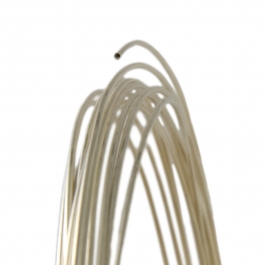 Wire Temper by Number
Wire Temper by Number
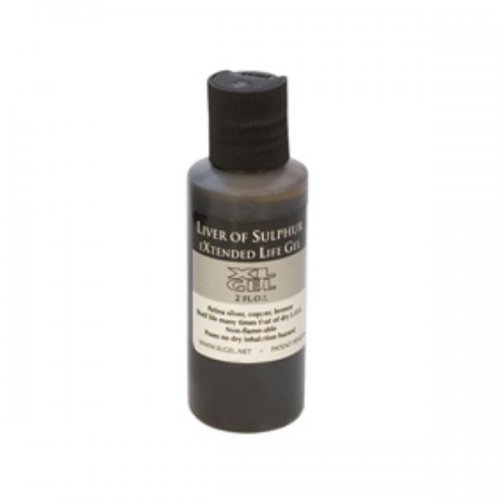 Will Liver of Sulfur Harm Lampwork Beads
Will Liver of Sulfur Harm Lampwork Beads
 Forging Copper Wire
Forging Copper Wire
 Insurance for Art and Craft Shows
Insurance for Art and Craft Shows
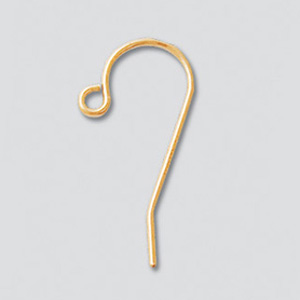 Wire Temper for Ear Pins
Wire Temper for Ear Pins
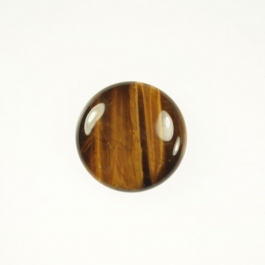 Wire Size for Wrapping a Cabochon
Wire Size for Wrapping a Cabochon
 Can I Use the Copper Wire From Electrical Wire
Can I Use the Copper Wire From Electrical Wire
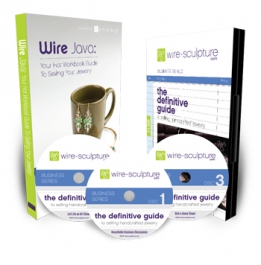 Wire Jewelry for a Home Party
Wire Jewelry for a Home Party
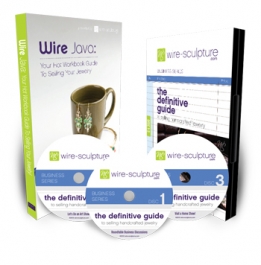 What is a Juried Craft Show
What is a Juried Craft Show
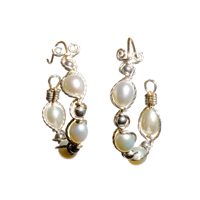 Wire Wrap Ideas for Beginners
Wire Wrap Ideas for Beginners
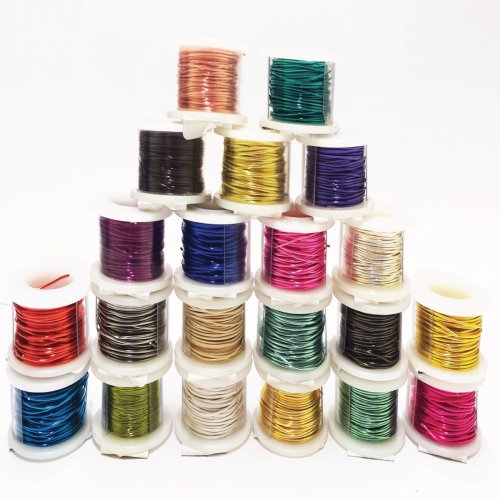 What is the Difference Between Different Plated Jewelry
What is the Difference Between Different Plated Jewelry
 Wrapping Pearls onto a Hair Grip
Wrapping Pearls onto a Hair Grip
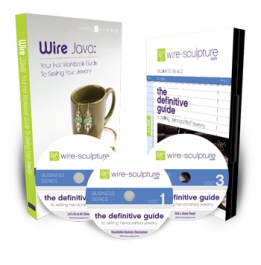 Formulas for Pricing Jewelry and Selling Jewelry- Boutique Markup
Formulas for Pricing Jewelry and Selling Jewelry- Boutique Markup
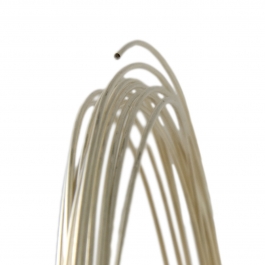 White Gold in Wire Jewelry
White Gold in Wire Jewelry
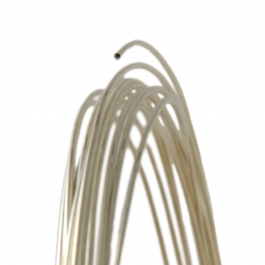 What is White Gold
What is White Gold
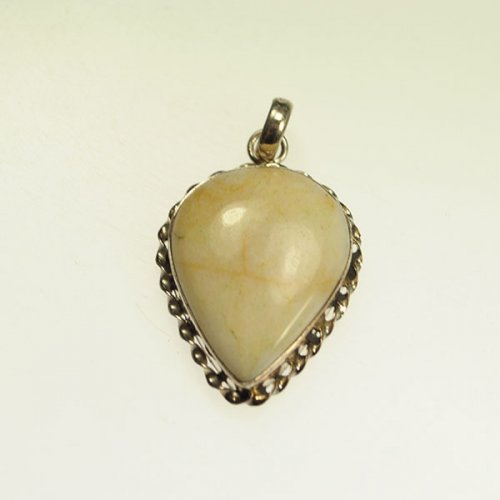 How to Clean and Repair Ivory Jewelry
How to Clean and Repair Ivory Jewelry
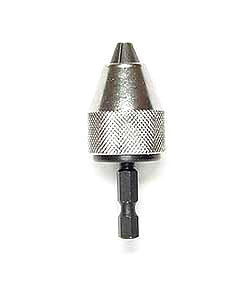 Twisted Wire Tips
Twisted Wire Tips
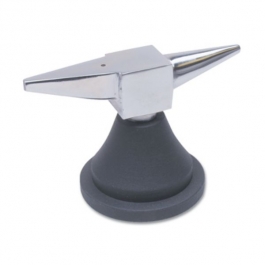 Forging Wire
Forging Wire
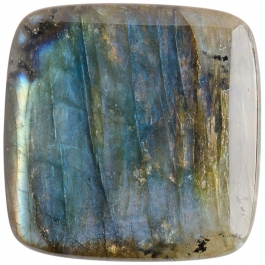 Gemstone Ratings Explained
Gemstone Ratings Explained
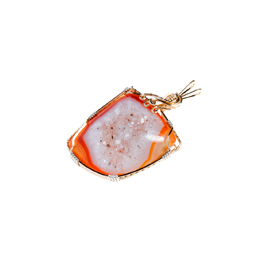 Finishing a Cabochon Frame
Finishing a Cabochon Frame
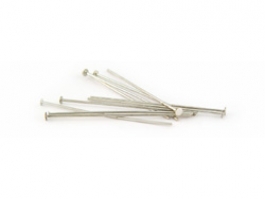 Making Tiny Headpins Larger
Making Tiny Headpins Larger
 Sorting and Using Scrap Wire
Sorting and Using Scrap Wire
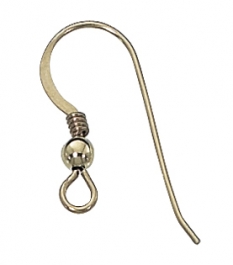 Silver and Nickel in Ear Wires
Silver and Nickel in Ear Wires
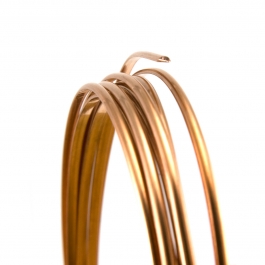 Options for Practice Wire
Options for Practice Wire
 Help with Pricing Wire Jewelry
Help with Pricing Wire Jewelry
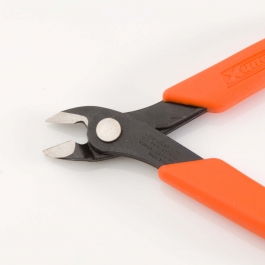 Flush Cutters vs. Side Cutters
Flush Cutters vs. Side Cutters
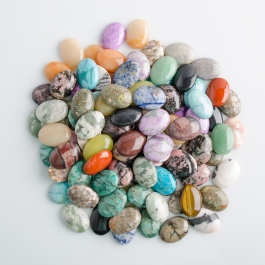 Wrapping Small Gemstones
Wrapping Small Gemstones
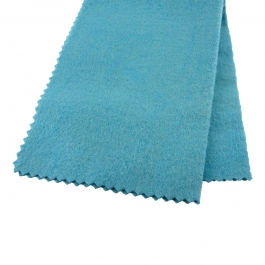 Argentium Silver Care
Argentium Silver Care
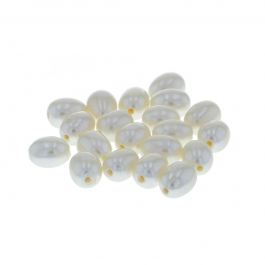 Proper Care of Pearls and Opals
Proper Care of Pearls and Opals
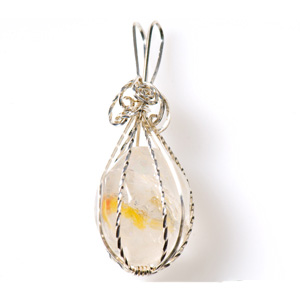 Wire Wrapping Stones with No Holes
Wire Wrapping Stones with No Holes
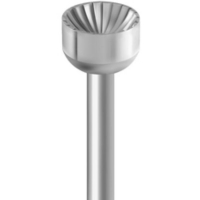 Cup Bur Sizes for Wire Gauges
Cup Bur Sizes for Wire Gauges
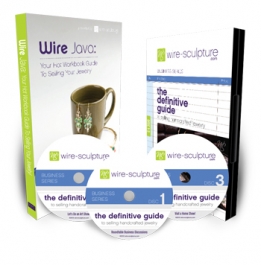 Learning How to Sell Jewelry
Learning How to Sell Jewelry
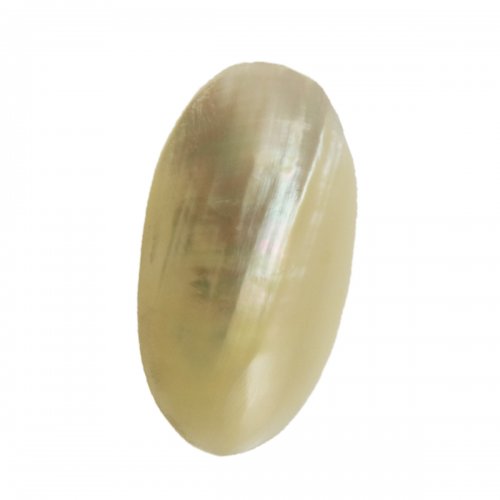 Seashell Jewelry with an Underwater Finish
Seashell Jewelry with an Underwater Finish
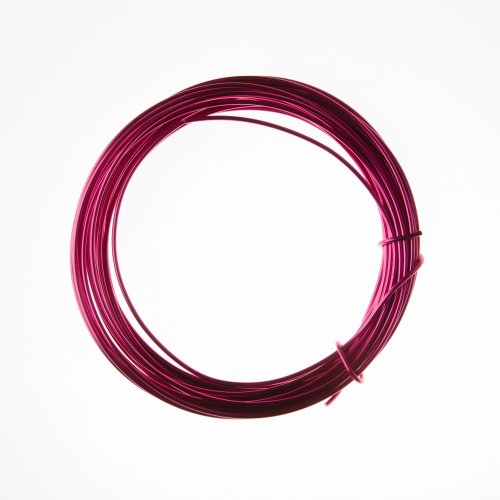 Anodized Aluminum and Chipping
Anodized Aluminum and Chipping
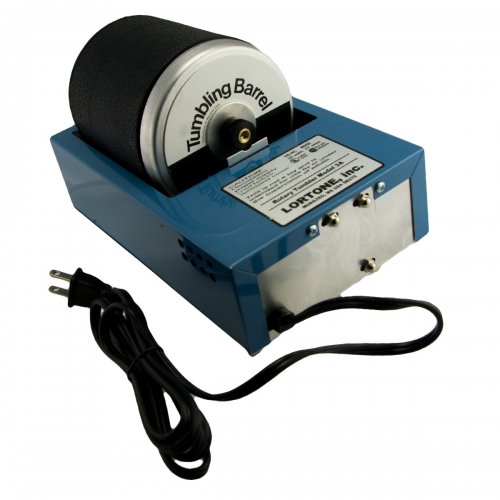 Rock Tumbling 101
Rock Tumbling 101
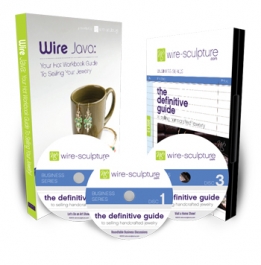 Home Jewelry Show Inventory
Home Jewelry Show Inventory
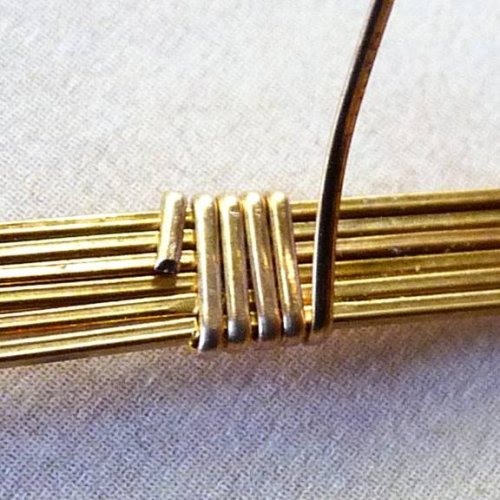 Wire Wrapping Term - To Show
Wire Wrapping Term - To Show
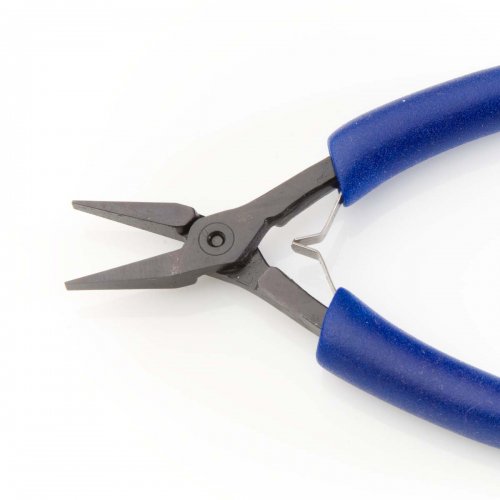 Lindstrom or Swanstrom Pliers
Lindstrom or Swanstrom Pliers
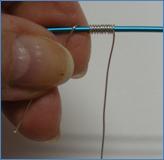 What is Niobium Wire
What is Niobium Wire
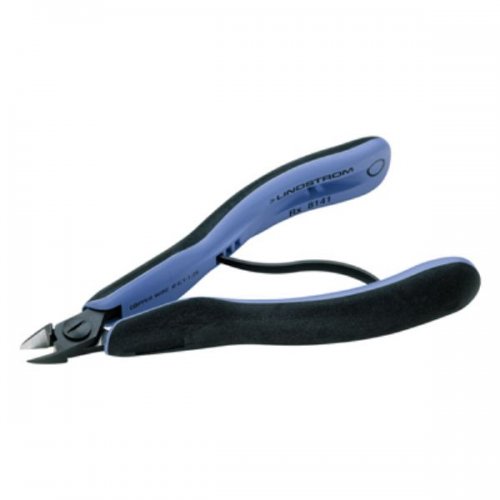 Can Lindstrom Cutters be Repaired
Can Lindstrom Cutters be Repaired
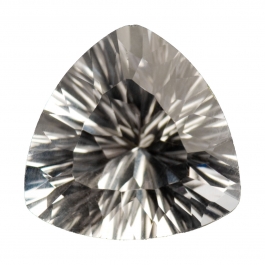 Trillion Ring Designs
Trillion Ring Designs
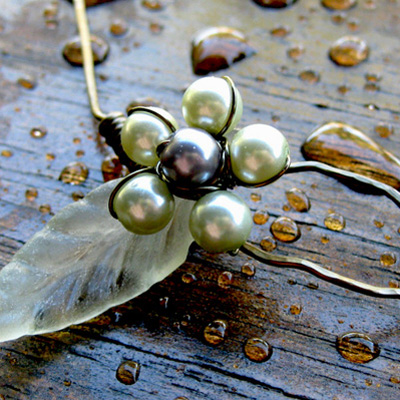 Copper Hat Pins
Copper Hat Pins
 Making Wire Jewelry from Patterns, and Copyright
Making Wire Jewelry from Patterns, and Copyright
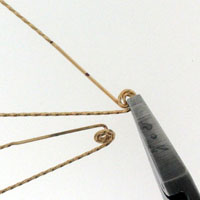 Removing Nicks and Scratches
Removing Nicks and Scratches
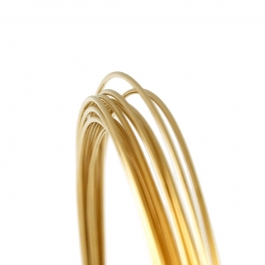 Pricing Jewelry Made with Gold Wire
Pricing Jewelry Made with Gold Wire
 How to Polish Apache Tears
How to Polish Apache Tears
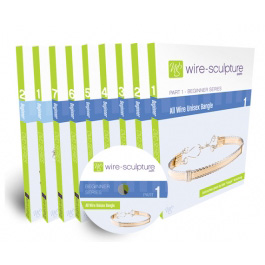 Which Wire Should I Use to Make My First Bracelet
Which Wire Should I Use to Make My First Bracelet
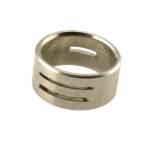 Working with Small Jump Rings
Working with Small Jump Rings
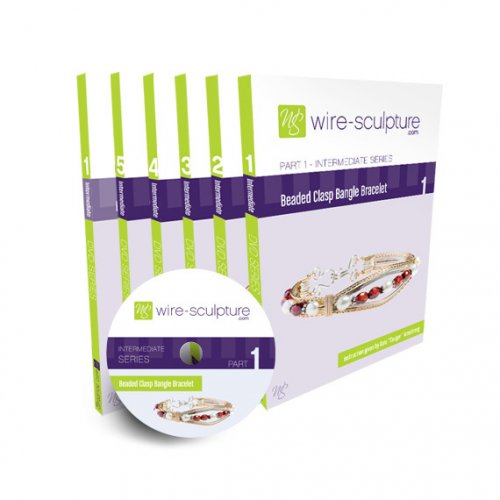 Repairing a Bead Wire
Repairing a Bead Wire
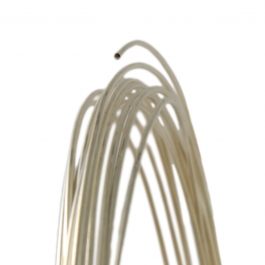 Mixing Sterling Silver and Argentium
Mixing Sterling Silver and Argentium
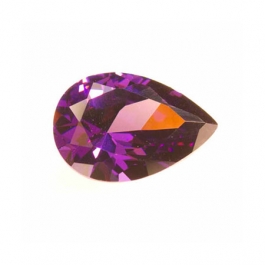 Wrapping a Pear-Shaped Cut Stone
Wrapping a Pear-Shaped Cut Stone
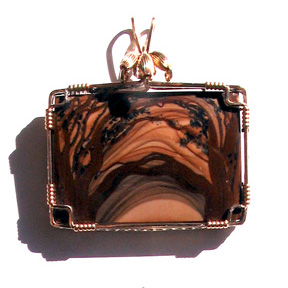 Wrapping a Rectangle Cab
Wrapping a Rectangle Cab
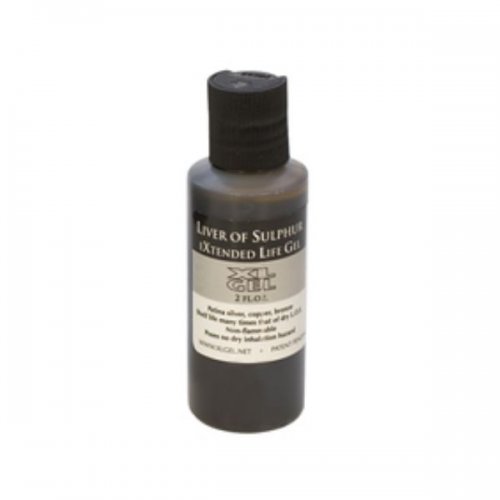 Oxidizing Sterling Silver
Oxidizing Sterling Silver
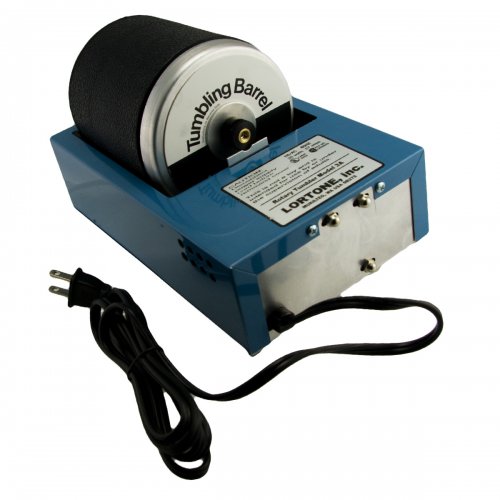 What to Use in Jewelry Tumbler
What to Use in Jewelry Tumbler
 Wire Gauge for Hoop Earrings
Wire Gauge for Hoop Earrings
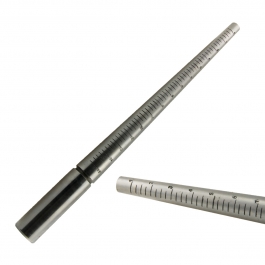 Using a Ring Mandrel
Using a Ring Mandrel
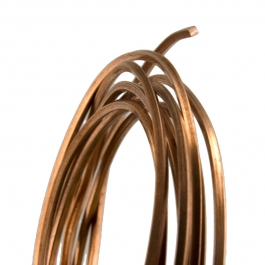 Protecting Copper from Tarnishing
Protecting Copper from Tarnishing
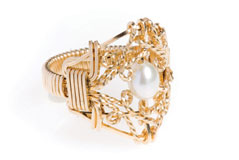 Resizing a Shank with Wire
Resizing a Shank with Wire
 Setting Stones in Jewelry
Setting Stones in Jewelry
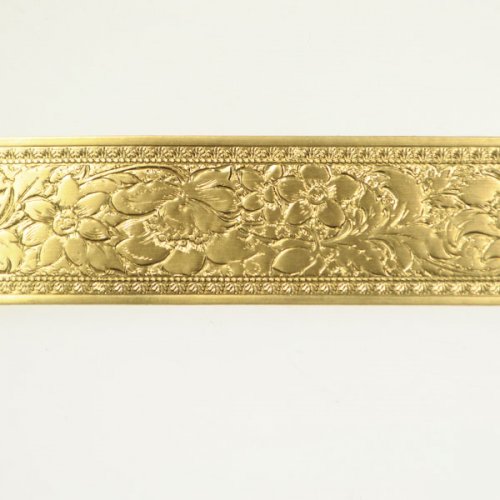 Bending Pattern Wire
Bending Pattern Wire
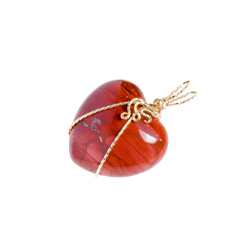 Wire Wrapping Thick Stones with Little Girdles
Wire Wrapping Thick Stones with Little Girdles
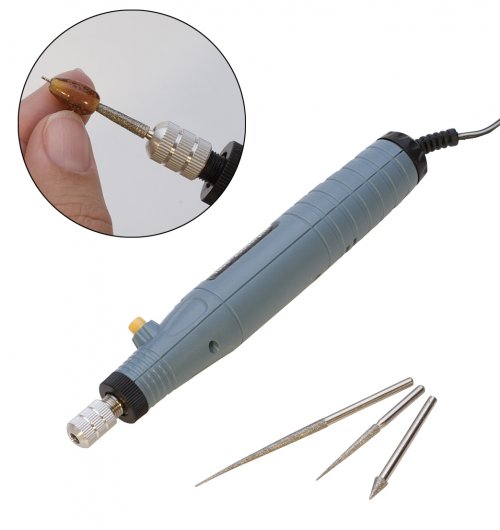 Enlarging Holes in Gemstones
Enlarging Holes in Gemstones
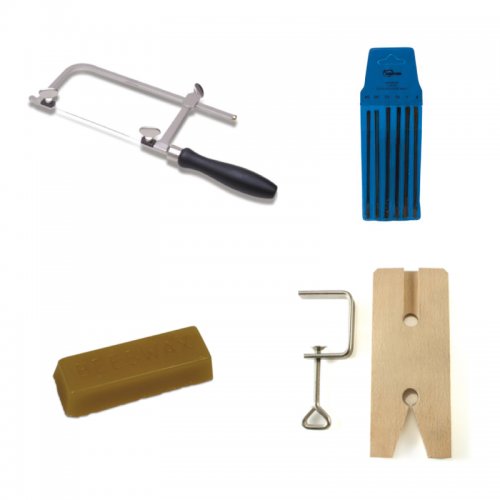 Best Way to Make Jump Rings
Best Way to Make Jump Rings
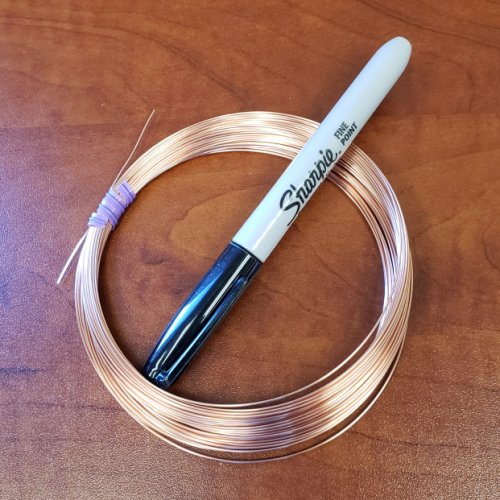 Removing Marker from Jewelry Wire
Removing Marker from Jewelry Wire
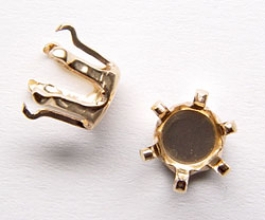 Wire Size for Earrings
Wire Size for Earrings
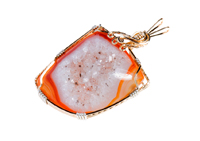 Where to Place Wraps on Free-Form Pieces
Where to Place Wraps on Free-Form Pieces
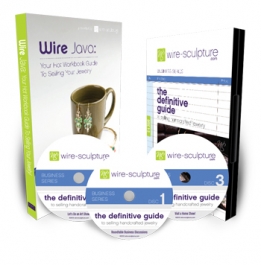 How Do I Find Shows in My Area
How Do I Find Shows in My Area
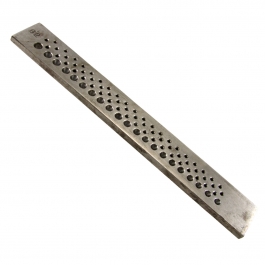 Master Wire Gauges with Draw Plates and Draw Plate Tips
Master Wire Gauges with Draw Plates and Draw Plate Tips
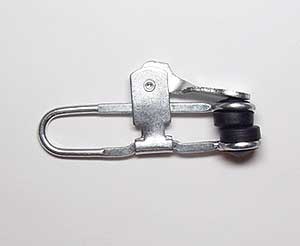 Holding Bundles of Wire Straight
Holding Bundles of Wire Straight
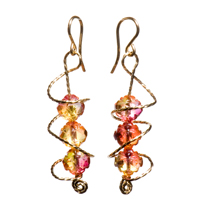 Twisting Wire Evenly
Twisting Wire Evenly
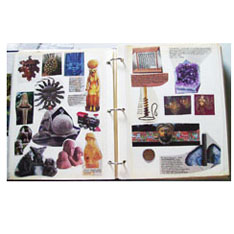 Why Use a Designer's Notebook
Why Use a Designer's Notebook
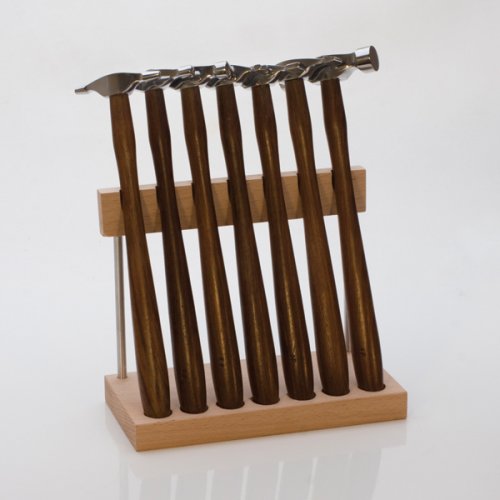 Embossing Hammers and Wire Texture
Embossing Hammers and Wire Texture
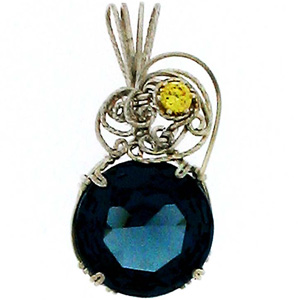 Making a Bracelet with Prong Set Stones
Making a Bracelet with Prong Set Stones
 What are Cold Connections
What are Cold Connections
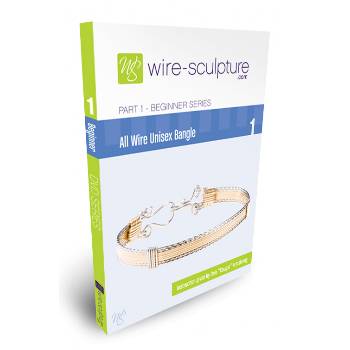 Supply Lists for Wire Jewelry DVDs
Supply Lists for Wire Jewelry DVDs
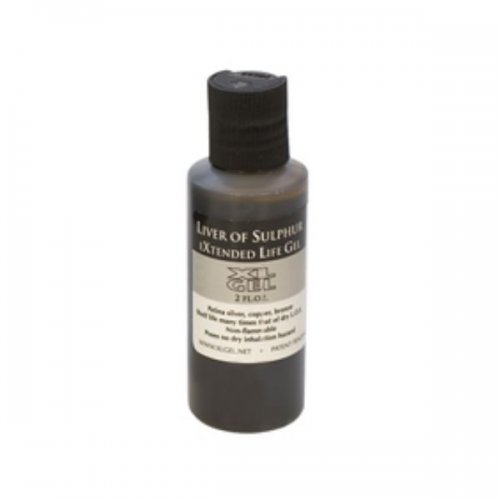 Patina Silver-Plated Wire
Patina Silver-Plated Wire
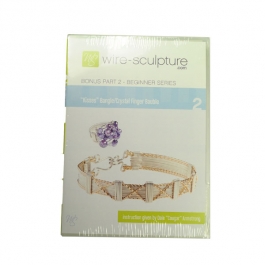 Is Work-Hardened Half Hard Wire, Hard Enough
Is Work-Hardened Half Hard Wire, Hard Enough
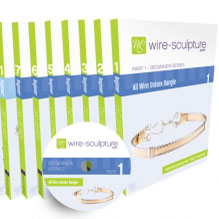 What Are Some Better Selling Beginner Items
What Are Some Better Selling Beginner Items
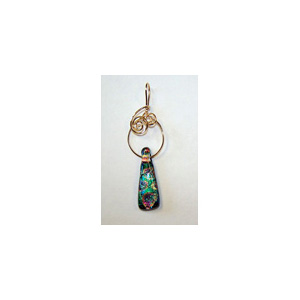 Removing Glue from Dichroic Glass
Removing Glue from Dichroic Glass
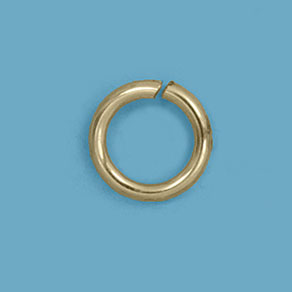 One Jump Ring Gauge to Rule Them All
One Jump Ring Gauge to Rule Them All
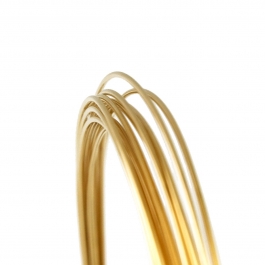 Adjusting Jewelry Prices with the Metal Market
Adjusting Jewelry Prices with the Metal Market
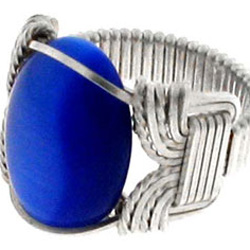 Making Wire Jewelry for Men
Making Wire Jewelry for Men
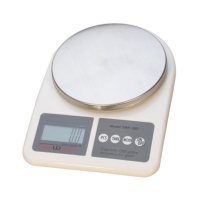 Determining Carat Weight
Determining Carat Weight
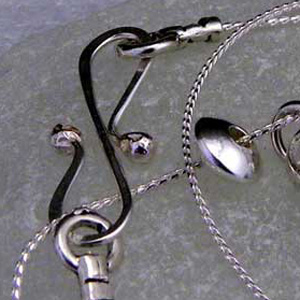 Building on Snake Style Chain
Building on Snake Style Chain
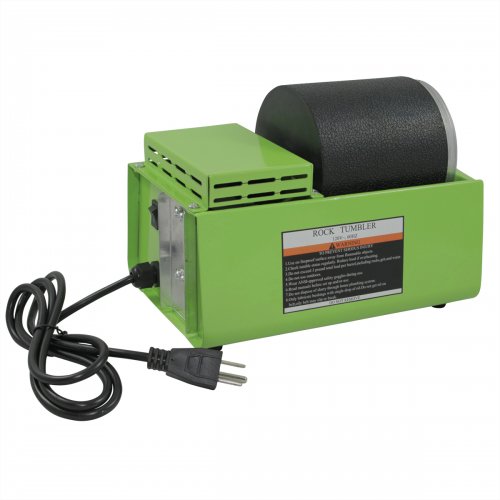 How to Keep Stainless Shot Free of Residue
How to Keep Stainless Shot Free of Residue
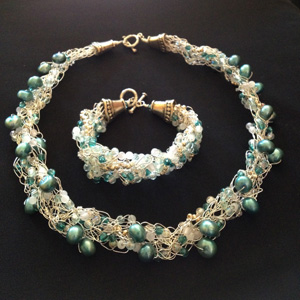 Crochet Wire Designs
Crochet Wire Designs
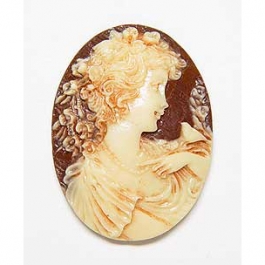 Heating Porcelain Cameos
Heating Porcelain Cameos
 Storing Your Jewelry
Storing Your Jewelry
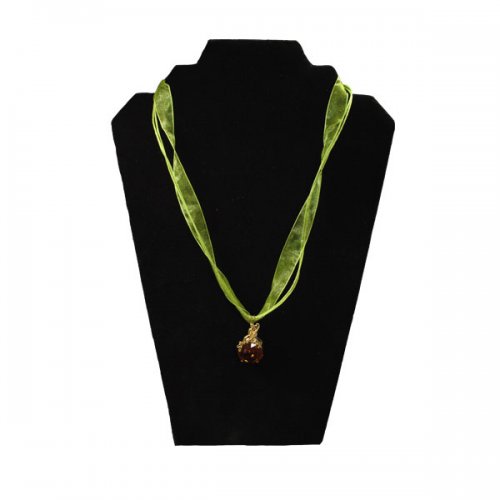 How to Win Awards for Jewelry Design
How to Win Awards for Jewelry Design
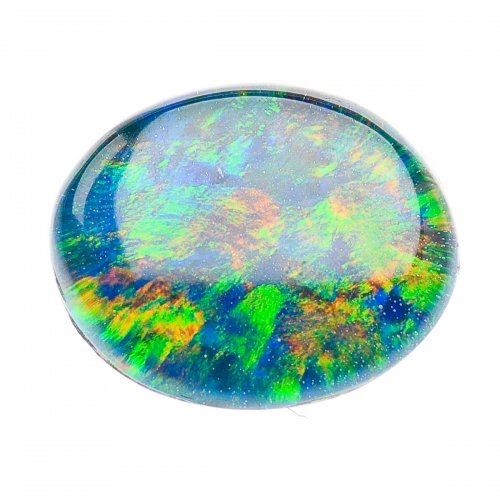 Wrapping Small Stones
Wrapping Small Stones
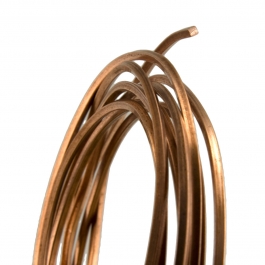 Tips for Working with 18G Wire
Tips for Working with 18G Wire
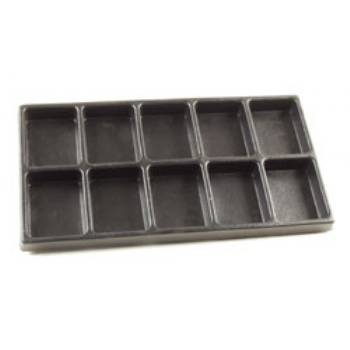 Organizing Beads for Easy Jewelry Making
Organizing Beads for Easy Jewelry Making
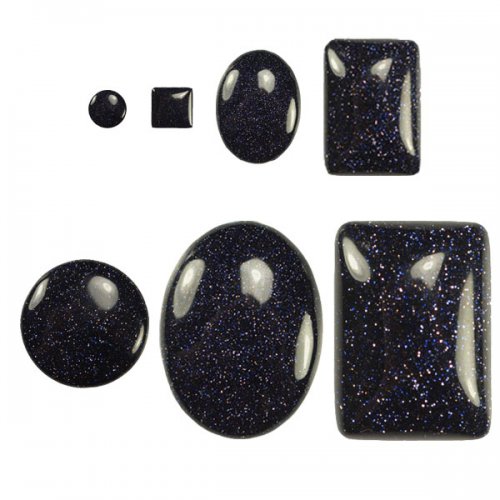 What Is a Cabochon
What Is a Cabochon
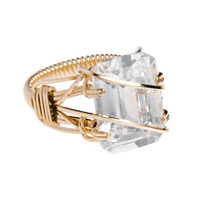 The Best Wire Temper for Rings
The Best Wire Temper for Rings
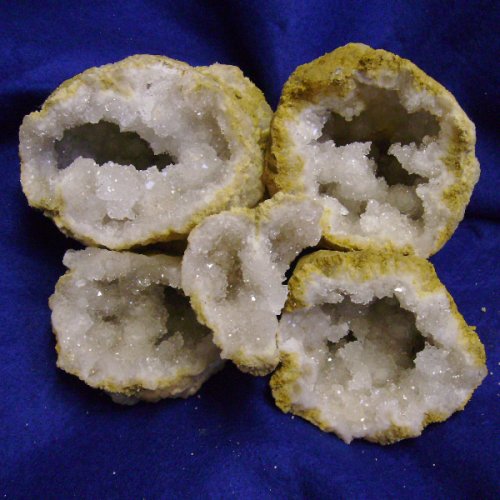 Making Wire Jewelry with Crystals
Making Wire Jewelry with Crystals
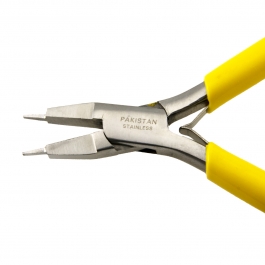 When to Use Flat Nose Prong Making Pliers
When to Use Flat Nose Prong Making Pliers
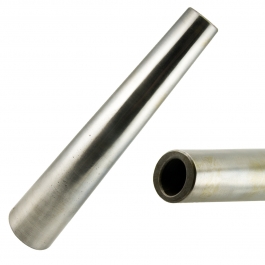 Measuring for a Bracelet
Measuring for a Bracelet
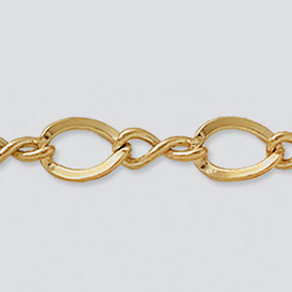 What Chain Sizes Are Best
What Chain Sizes Are Best
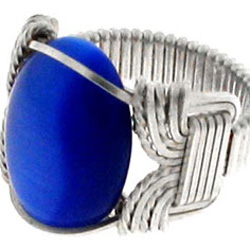 Pharaoh Ring Wires
Pharaoh Ring Wires
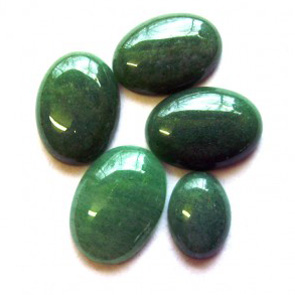 How to Wrap a Broken Cabochon
How to Wrap a Broken Cabochon
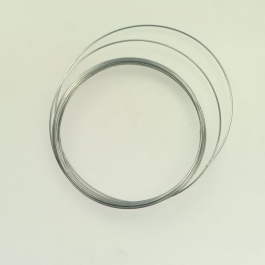 How Do You Use Memory Wire
How Do You Use Memory Wire
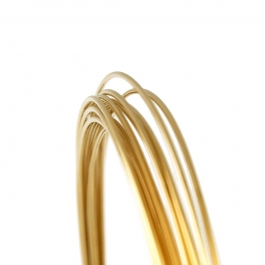 Organizing Jewelry Wire
Organizing Jewelry Wire
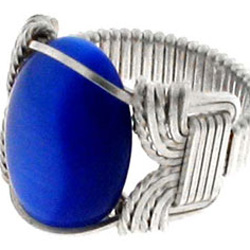 Starting Position of Wrap for Ring Shanks
Starting Position of Wrap for Ring Shanks
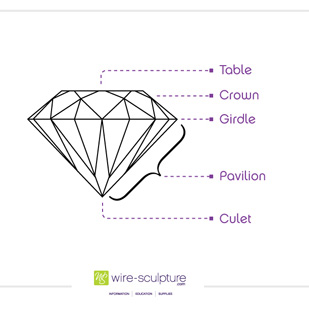 Faceted Gemstone Terms
Faceted Gemstone Terms
 What is the Average Size for Bracelets
What is the Average Size for Bracelets
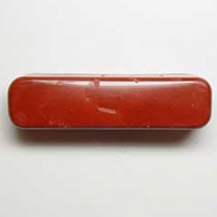 Red Rouge
Red Rouge
 Rosary Links and Wire Temper
Rosary Links and Wire Temper
 Jewelers' Saws and Jump Rings
Jewelers' Saws and Jump Rings
 Wrapping Cabochons
Wrapping Cabochons
 What is Rolled Gold Wire
What is Rolled Gold Wire
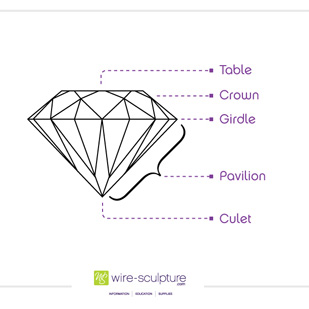 Traditional Gemstone Pendant Wrapping
Traditional Gemstone Pendant Wrapping
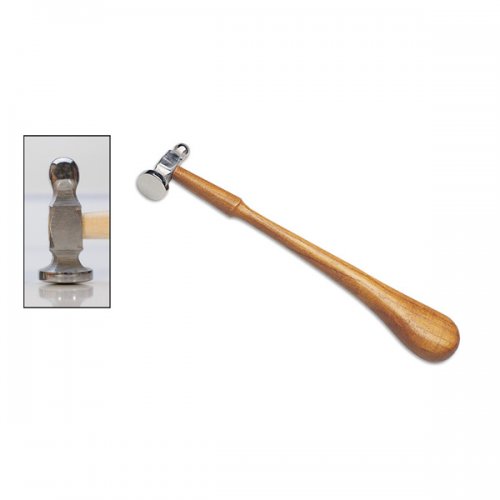 Flattening Wire with Hammers
Flattening Wire with Hammers
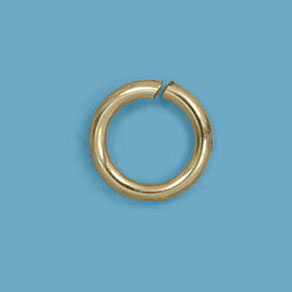 Foolproof Jump Ring Closures
Foolproof Jump Ring Closures
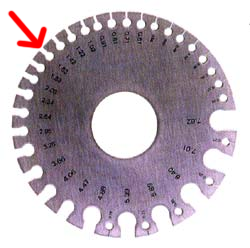 How to Use a Wire Gauge
How to Use a Wire Gauge
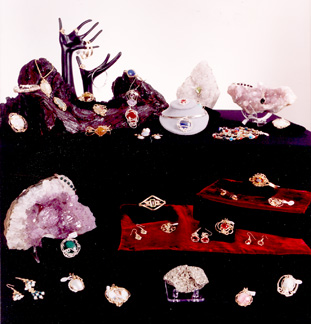 Jazz up Your Jewelry
Jazz up Your Jewelry
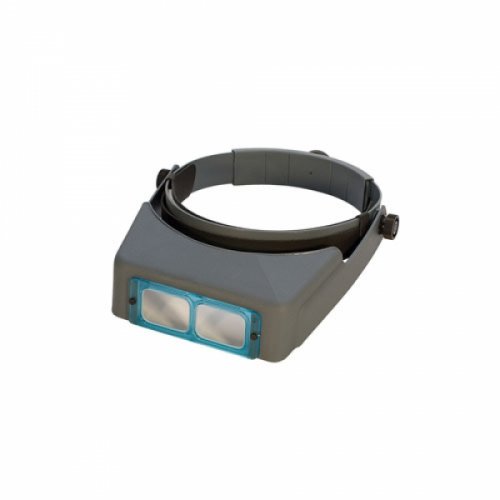 Optivisor Distance and Magnification
Optivisor Distance and Magnification
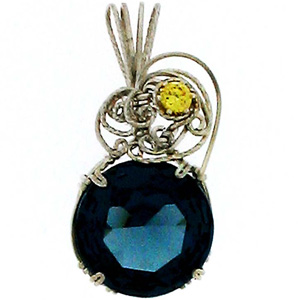 Photographing Your Wire Jewelry
Photographing Your Wire Jewelry
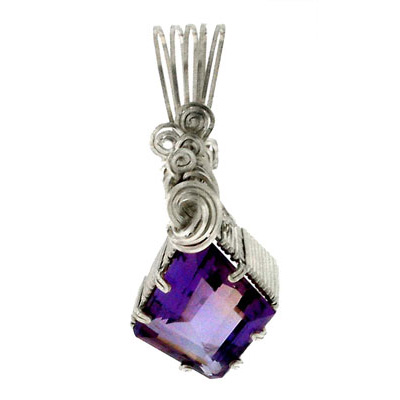 Prong-Setting Ideas for a Cut Stone
Prong-Setting Ideas for a Cut Stone
 Sterling Silver and Fresh Water Pearls
Sterling Silver and Fresh Water Pearls
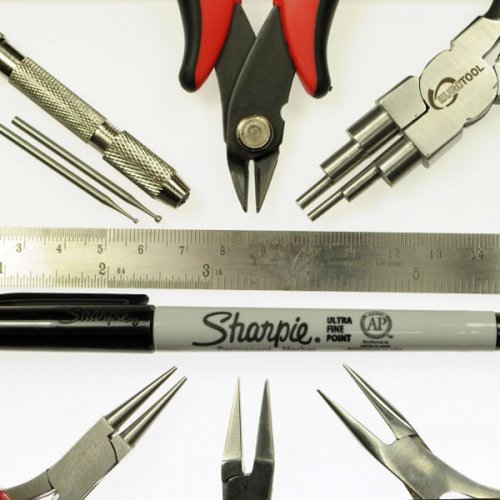 Ultimate Jewelry Tool Shopping List
Ultimate Jewelry Tool Shopping List
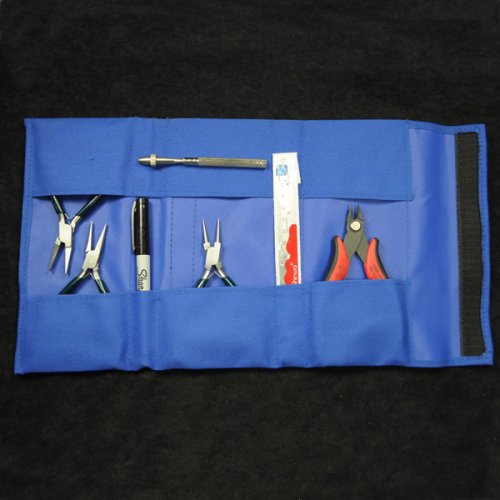 Wire Jewelry Tool Care
Wire Jewelry Tool Care
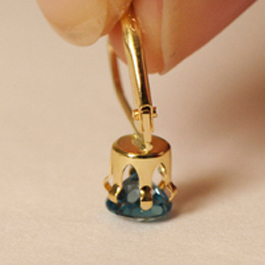 How to Set Stones into Earring Snapsets
How to Set Stones into Earring Snapsets
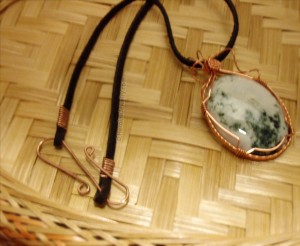 Make a Finished Ribbon Necklace
Make a Finished Ribbon Necklace
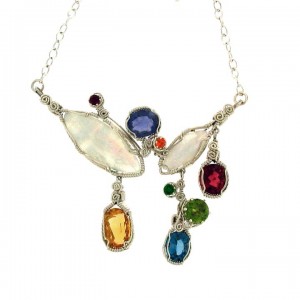 Sell or Display Valued Stones
Sell or Display Valued Stones
 Cleaning Sterling with Baking Soda
Cleaning Sterling with Baking Soda
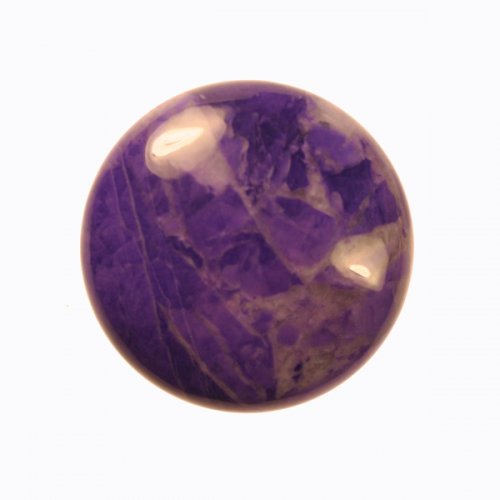 Purple Turquoise and Turquoise Facts
Purple Turquoise and Turquoise Facts
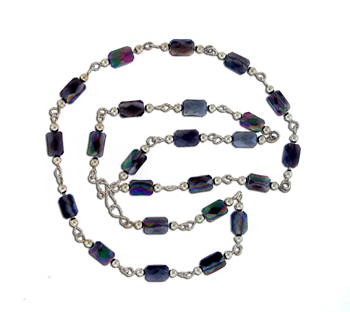 Irradiated Quartz Necklace
Irradiated Quartz Necklace
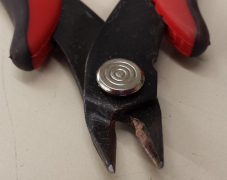 Removing Rust Without Damaging Tools
Removing Rust Without Damaging Tools
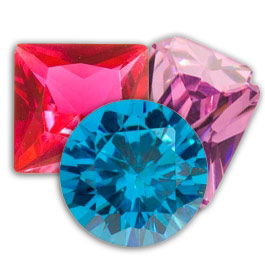 Determine Gemstone Authenticity at Home
Determine Gemstone Authenticity at Home

